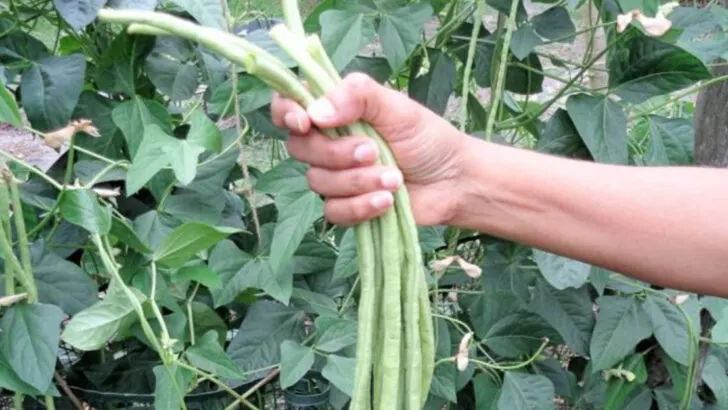In an age of supermarket convenience, most people forget that the U.S. once grew hundreds of unique vegetable varieties—many of which are now nearly impossible to find. These were the staples of homesteads, family gardens, and community plots across early America. They were selected not for shelf life or shipping durability, but for flavor, nutrition, and resilience.
Today, a growing number of modern homesteaders are bringing these forgotten vegetables back to life. Why? Because many of these rare heirlooms outperform even the most popular hybrids. They thrive in tough soil, withstand pests, and often pack more taste and nutrients than anything you’ll find at the store. They’re proof that sometimes the old ways still work best.
If you’re dreaming of growing your own food—or just want to try something unique in your garden this year—this list is your inspiration. These 17 rare vegetables still grow on off-grid farms, backyard plots, and intentional communities from Appalachia to Oregon. And yes, you can grow them too.
Salsify
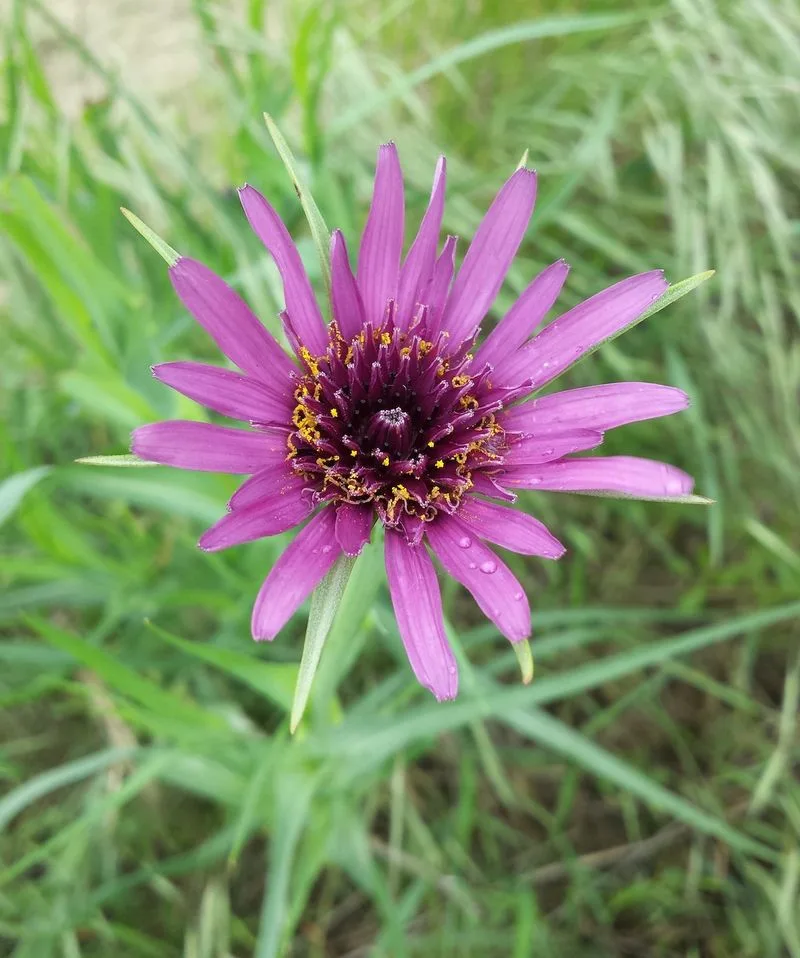
Often overlooked, salsify is known for its oyster-like flavor. This root vegetable was once a popular choice among American pioneers. Imagine a garden filled with its purple blooms, offering not only beauty but also a culinary delight. Its subtle taste makes a perfect addition to soups and stews. Salsify thrives in well-drained soil and cooler climates, making it an excellent choice for northern gardeners. Historically, it was valued for its versatility and storage longevity. From the garden to the plate, salsify adds a touch of elegance and nostalgia to meals.
Ground Cherries
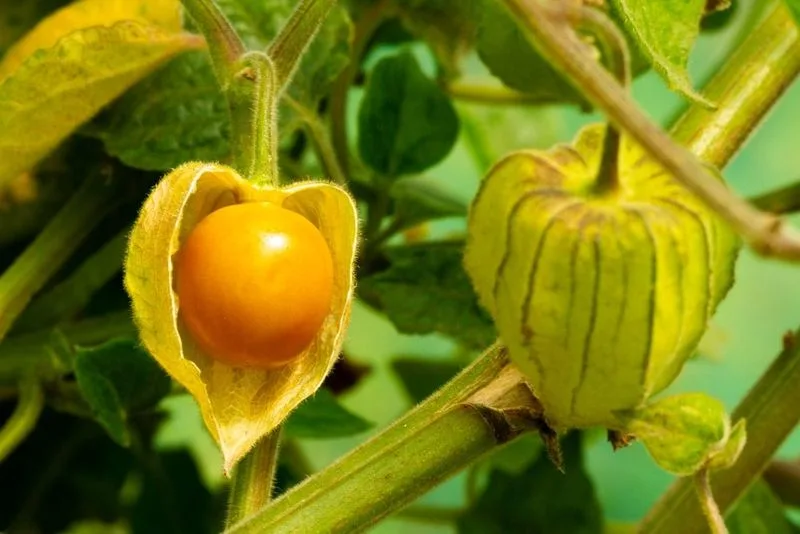
Ground cherries are a hidden gem in the world of fruits. These small, yellow fruits are encased in a papery husk, reminiscent of tiny lanterns. Sweet and slightly tart, they add a unique twist to jams and desserts. Ground cherries grow well in full sun and can be easily started from seed. Their intriguing appearance often sparks curiosity among gardeners. Historically, they were a staple in Native American diets. Today, they bring a touch of whimsy and flavor to the homesteader’s pantry, with their delightful taste and charming looks.
Ramp
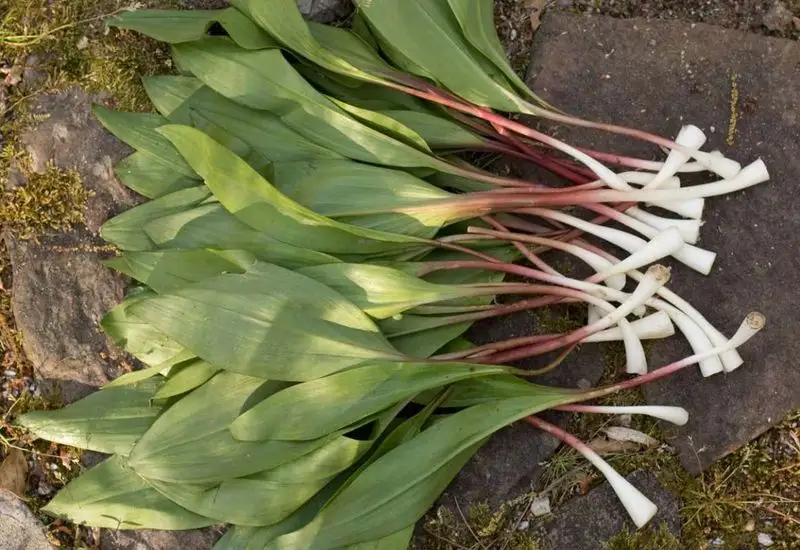
Ramps, often referred to as wild leeks, are beloved for their pungent flavor. These woodland vegetables emerge in early spring, signaling the end of winter. Known for their garlic-onion taste, ramps elevate dishes with their bold essence. They thrive in shaded areas with rich, moist soil. Lovingly foraged, ramps have a rich history in Appalachian cuisine. Their fleeting season makes them a cherished find among culinary enthusiasts. Incorporating ramps into your garden connects you to centuries of tradition and offers a seasonal treat that is both unique and flavorful.
Amaranth
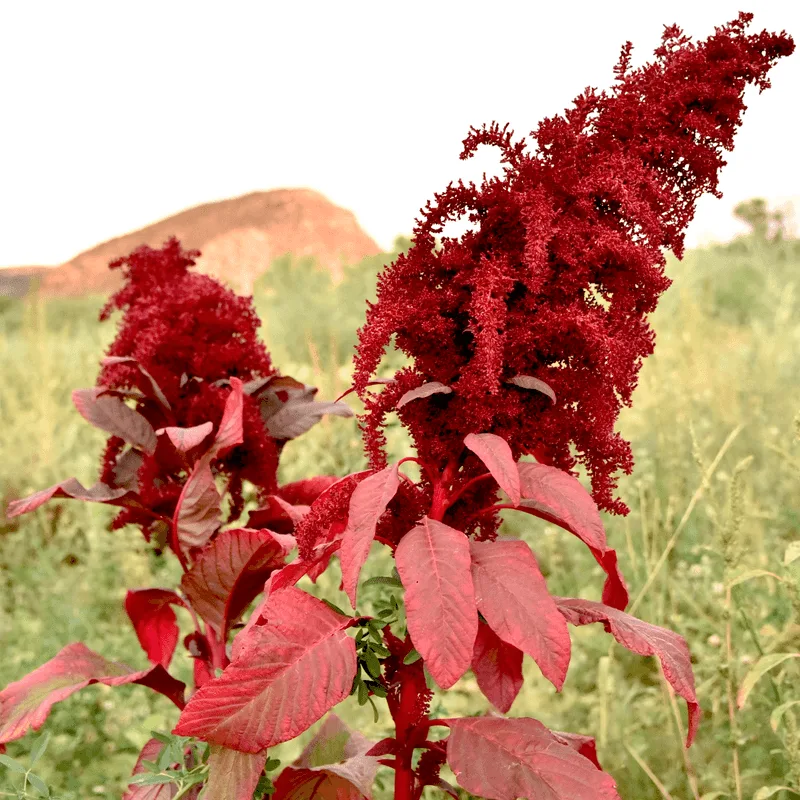
Amaranth stands tall in the garden with its vivid colors and nutritious seeds. This ancient grain has been cultivated for thousands of years, revered by the Aztecs. Its tender leaves are edible and packed with vitamins. Amaranth is adaptable, thriving in various climates, making it a resilient choice for homesteaders. Its striking appearance not only beautifies the garden but also offers a bountiful harvest. Historically, it symbolized sustenance and resilience. Growing amaranth provides a link to ancient civilizations while contributing to a healthy, diverse diet.
Cardoon
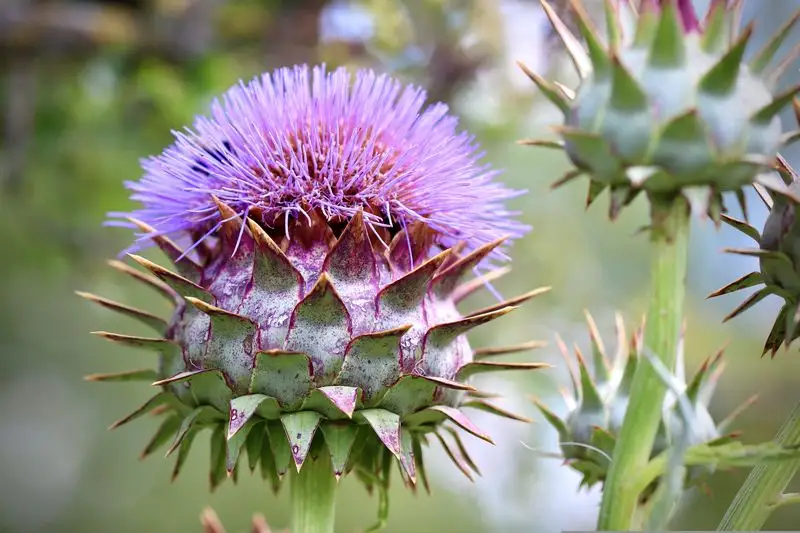
Cardoon, cousin to the artichoke, stands out with its architectural beauty. With silvery leaves and purple blooms, it adds elegance to any garden. The stalks, resembling celery, have a mild artichoke flavor. Hardy and drought-tolerant, cardoon thrives in Mediterranean-like climates. This perennial vegetable was once a favorite in colonial American gardens. Its unique taste and ornamental value make it a worthy addition to modern homesteads. By cultivating cardoon, gardeners can enjoy a touch of the exotic, blending aesthetics with culinary pleasure.
Crosne
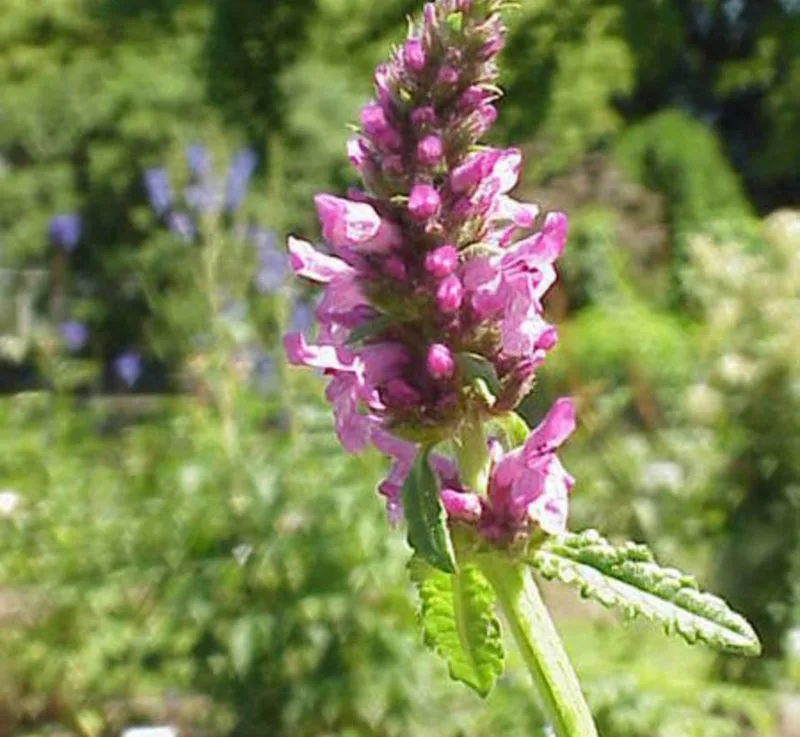
Crosne, also known as Chinese artichoke, delights with its crunchy texture. The spiral-shaped tubers are reminiscent of a caterpillar in form. Sweet and nutty, crosne adds interest to salads and stir-fries. This hardy plant grows well in temperate climates. Originating from Asia, it found its way into American gardens in the 19th century. Its unique appearance and taste make crosne a fascinating addition to any garden. Growing crosne provides a conversation starter and a delightful culinary experience, perfect for adventurous homesteaders seeking something different.
Malabar Spinach
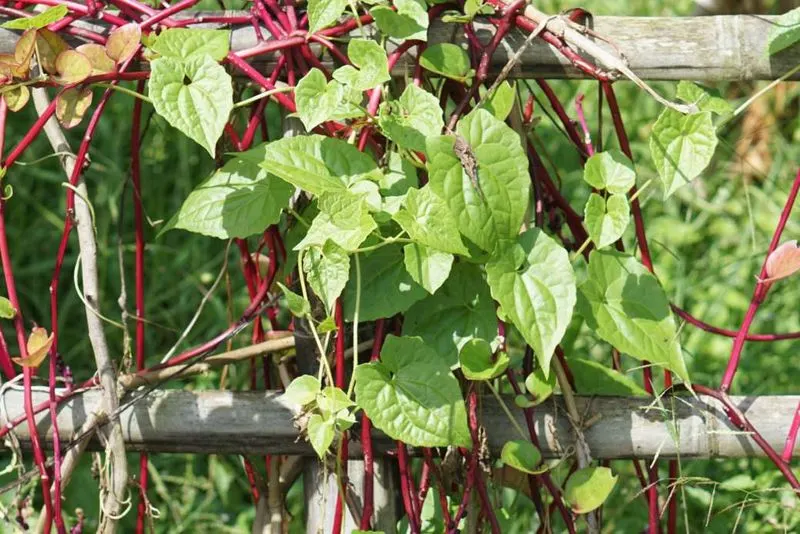
Malabar spinach isn’t your typical spinach. This vine thrives in heat, unlike its cool-weather cousin. With glossy, heart-shaped leaves, it climbs beautifully on trellises. The taste is slightly peppery, making it a versatile addition to salads and soups. Malabar spinach is a powerhouse of nutrients, offering vitamins A and C. Its rapid growth rate makes it a favorite among gardeners in warm climates. Originating from Asia, it has gained popularity in American homesteads for its lush growth and nutritional value, making gardening both fun and rewarding.
Sea Kale
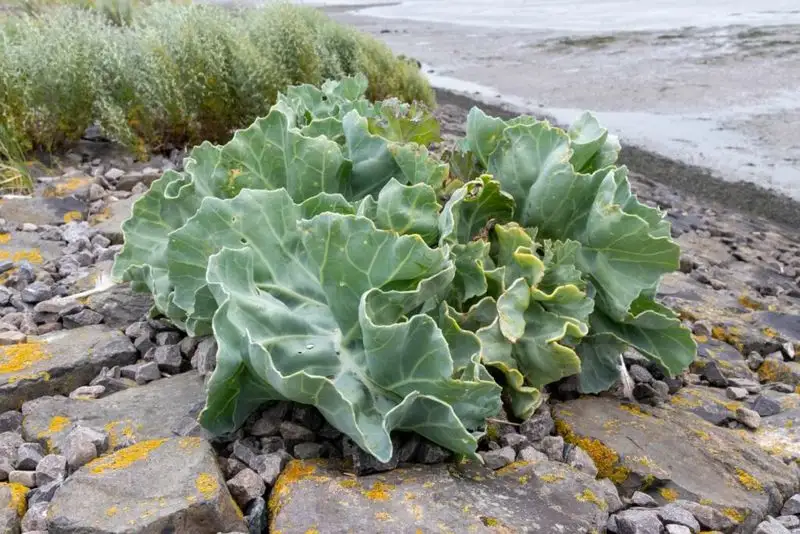
Sea kale brings coastal charm to the garden with its wavy blue-green leaves. Preferring sandy soil, this perennial is perfect for seaside homesteads. The leaves, stems, and flowers are all edible, offering a mild cabbage-like flavor. Sea kale has been cultivated since ancient times, beloved by European gardeners. Its resilience to salty conditions and ornamental appeal make it a unique choice. Harvesting sea kale connects gardeners to maritime traditions, providing a taste of the shore even miles inland, with a plant that’s both beautiful and practical.
Jerusalem Artichoke
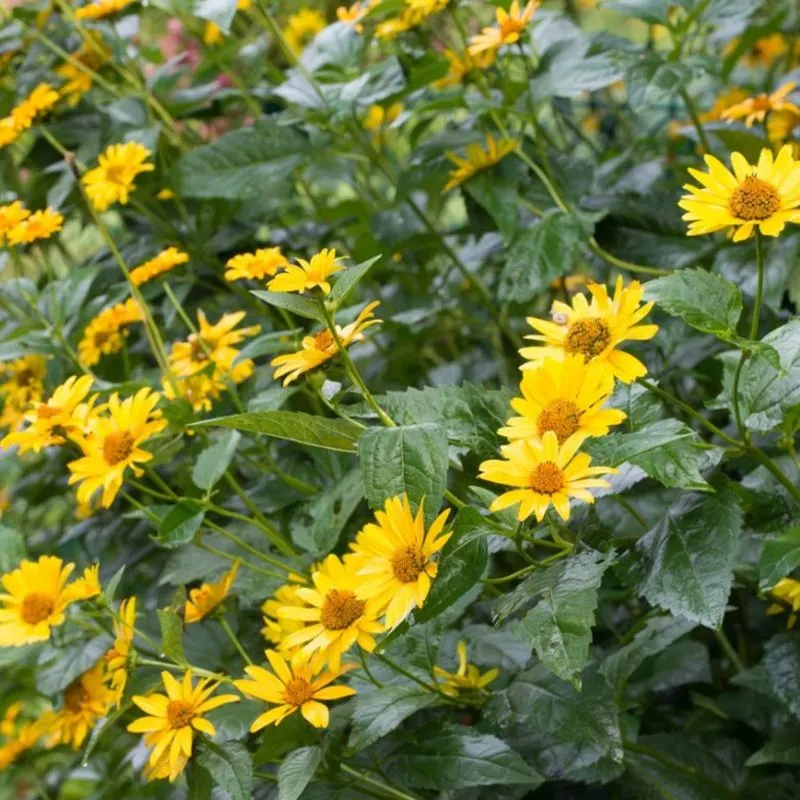
Jerusalem artichokes, or sunchokes, are known for their nutty, sweet tubers. Despite their name, they are neither from Jerusalem nor related to artichokes. This sunflower relative produces edible tubers high in inulin. They thrive in sunny gardens and are hardy across various climates. Historically, they were cultivated by Native Americans and early settlers. Today, they offer a nutritious alternative to potatoes. Jerusalem artichokes add height and drama to gardens with their bright yellow blooms, while the tubers provide a delicious and healthy addition to meals.
Skirret
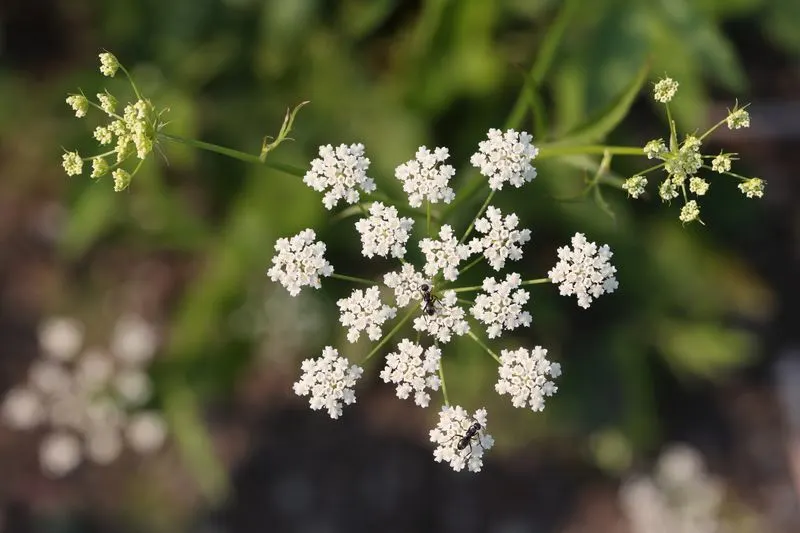
Skirret, a forgotten root vegetable, holds a sweet allure. The small, knobby roots are enjoyed for their sugary taste, reminiscent of parsnips. Skirret grows well in moist conditions and is quite forgiving in the garden. It was once a favorite of European royalty and made its way to America with early colonists. Its rich history and unique flavor profile offer a taste of the past. By cultivating skirret, gardeners can revive an ancient culinary tradition and explore new flavors, enriching both their gardens and dining tables.
Claytonia
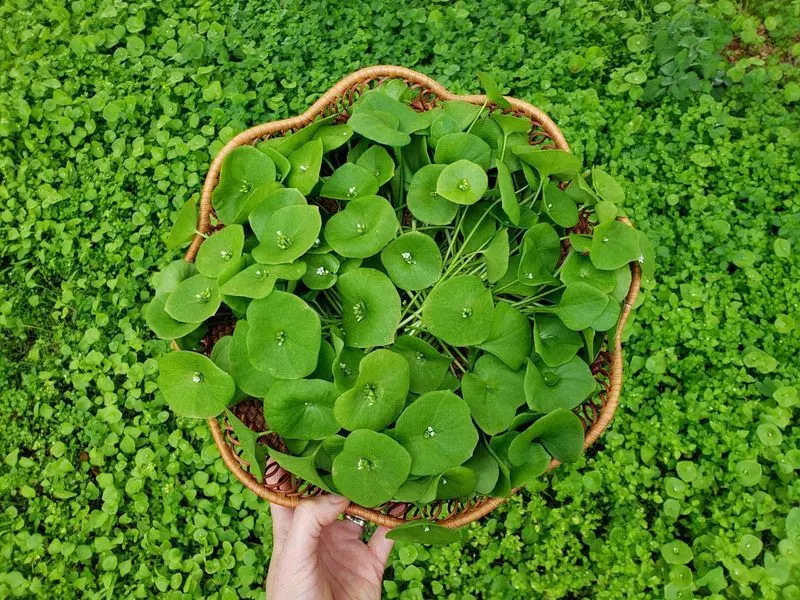
Claytonia, also known as miner’s lettuce, offers a refreshing, mild taste. Its succulent leaves are a favorite in salads, adding a crisp texture. This hardy plant thrives in cool, shady spots, making it ideal for early spring harvesting. Named after the American botanist John Clayton, it was a vital food source during the California Gold Rush. Claytonia’s ability to thrive in less-than-ideal conditions makes it a reliable choice for homesteaders. Growing this vegetable connects gardeners to history and provides a nutritious, easy-to-grow addition to meals.
Orach
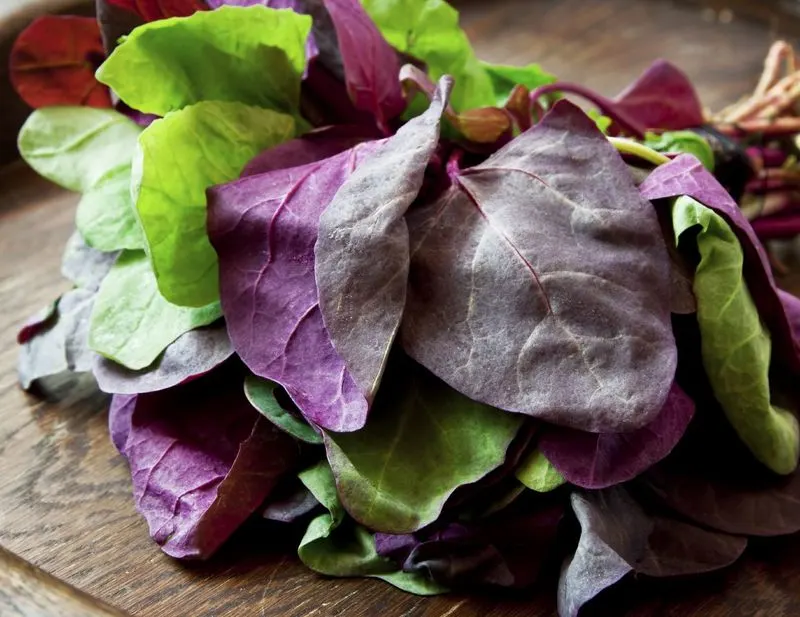
Orach, sometimes called mountain spinach, delights with its vibrant colors. The leaves come in hues of red, green, and gold, adding visual interest to gardens. With a mild, slightly salty flavor, orach works well in salads and sautés. It thrives in poor soil and withstands hot temperatures, making it a robust choice for summer gardens. Historically, it was a staple in ancient diets, valued for its hardiness. Growing orach provides an opportunity to explore diverse flavors and colors, adding a touch of the extraordinary to everyday gardening.
Yardlong Beans
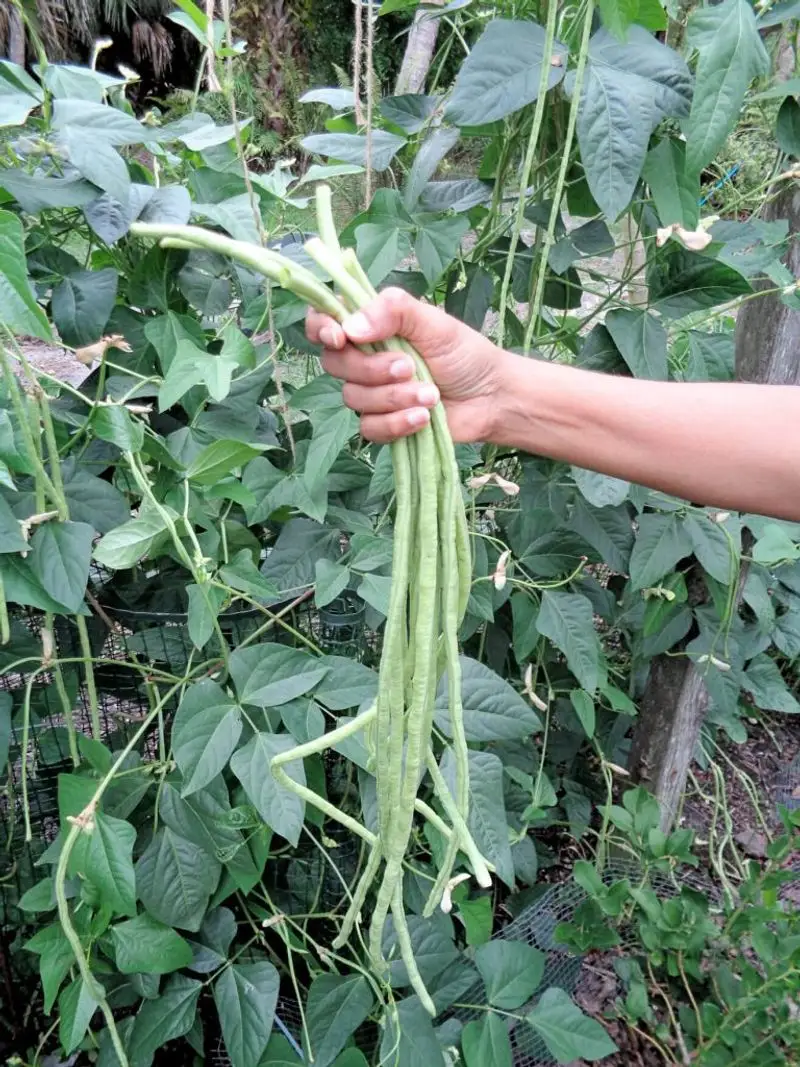
Yardlong beans captivate with their extraordinary length. These beans can grow over a foot long, creating a striking visual in the vegetable garden. Known for their tender texture and mild flavor, they’re a staple in Asian cuisine. Yardlong beans thrive in warm climates, growing rapidly and producing abundantly. Their climbing nature makes them perfect for trellises. Cultivating yardlong beans offers a glimpse into global culinary traditions, providing a bountiful harvest and a conversation starter. Their unique appearance and growth habit make them a fun addition to gardens.
Mangelwurzel
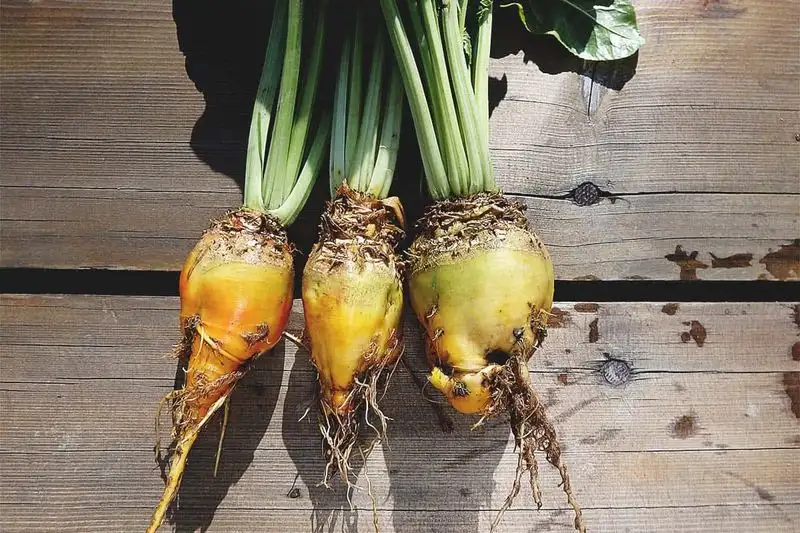
Mangelwurzel, a curious name for a versatile root vegetable. Traditionally grown as livestock feed, it has found its way into kitchens for its sweet, earthy flavor. The roots can be roasted, boiled, or mashed, offering culinary flexibility. Mangelwurzel grows well in cooler climates, producing large, hearty roots. It was a staple during harsh winters in Europe, and its resilience makes it an excellent choice for homesteaders. The vegetable’s historical significance and adaptability provide a unique gardening experience, blending practicality with culinary exploration.
Jicama
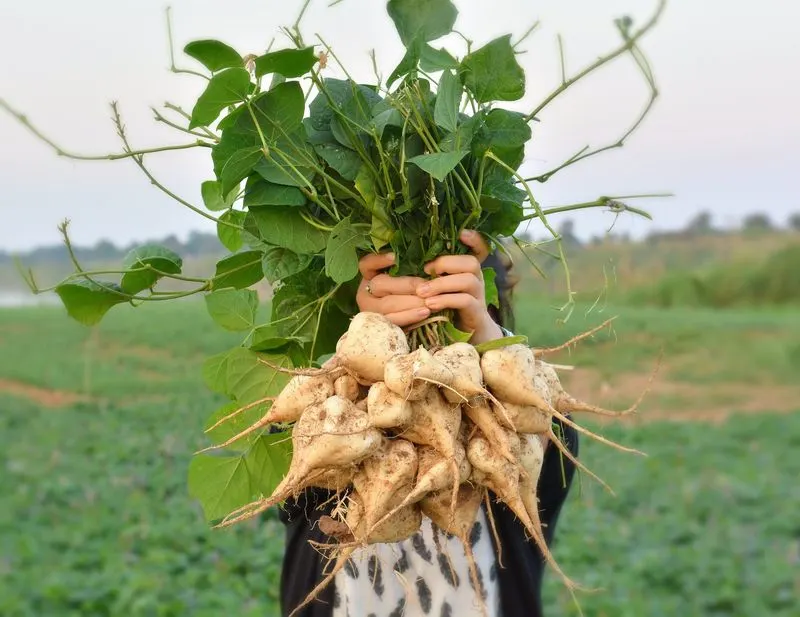
Jicama surprises with its crisp, juicy texture. This root vegetable is often enjoyed raw, adding a refreshing crunch to salads. Its mild, sweet flavor is complemented by a hint of nuttiness. Jicama thrives in warm climates, requiring a longer growing season to mature. Originally from Mexico, it has been embraced by American gardeners for its versatility. The root’s unique texture and taste provide a delightful addition to culinary creations. Growing jicama offers the chance to experiment with new flavors and textures, enhancing both gardens and meals alike.
Lovage
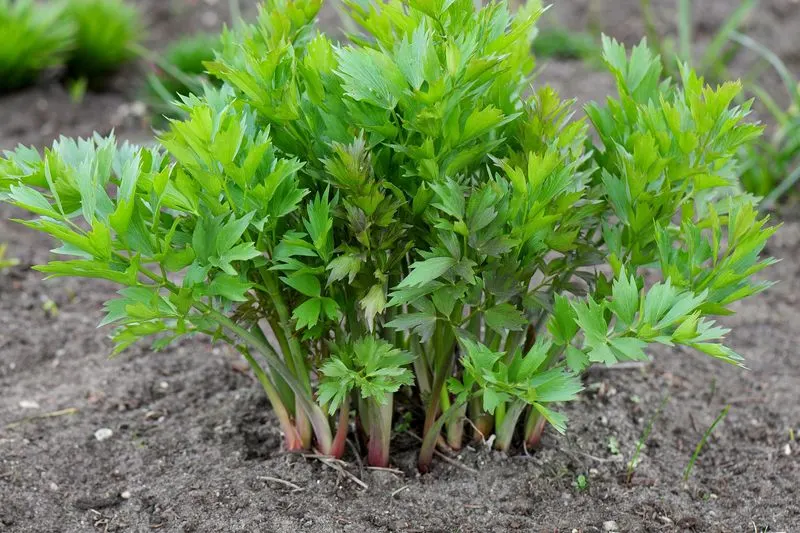
Lovage enchants with its celery-like aroma. This perennial herb stands tall in the garden, offering both culinary and medicinal benefits. The leaves, stems, and seeds are all edible, adding a strong, herbaceous flavor to dishes. Lovage thrives in rich soil and partial shade, making it a resilient addition to herb gardens. Historically, it was used for its healing properties and as a flavoring agent in European cuisines. Cultivating lovage connects gardeners to ancient herbal traditions, providing a robust addition to both the garden and kitchen.
New Zealand Spinach
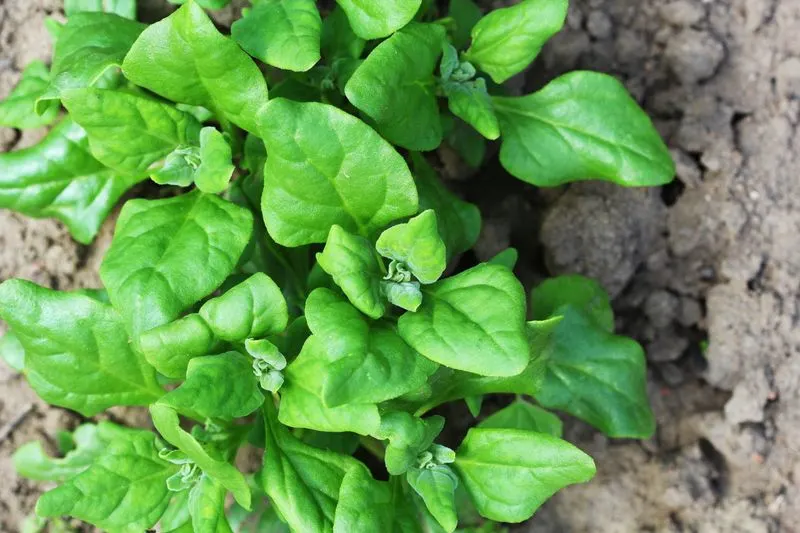
New Zealand spinach defies expectations with its heat tolerance. Unlike traditional spinach, it thrives in warm weather, producing lush leaves throughout summer. The triangular leaves offer a mild, slightly tangy flavor, perfect for salads and sautés. Originating from coastal regions, it adapts well to sandy soils. New Zealand spinach provides a reliable green during the hot months when other leafy vegetables falter. Its tenacity and robust growth make it a valuable addition to any garden, offering a fresh alternative to conventional greens.

